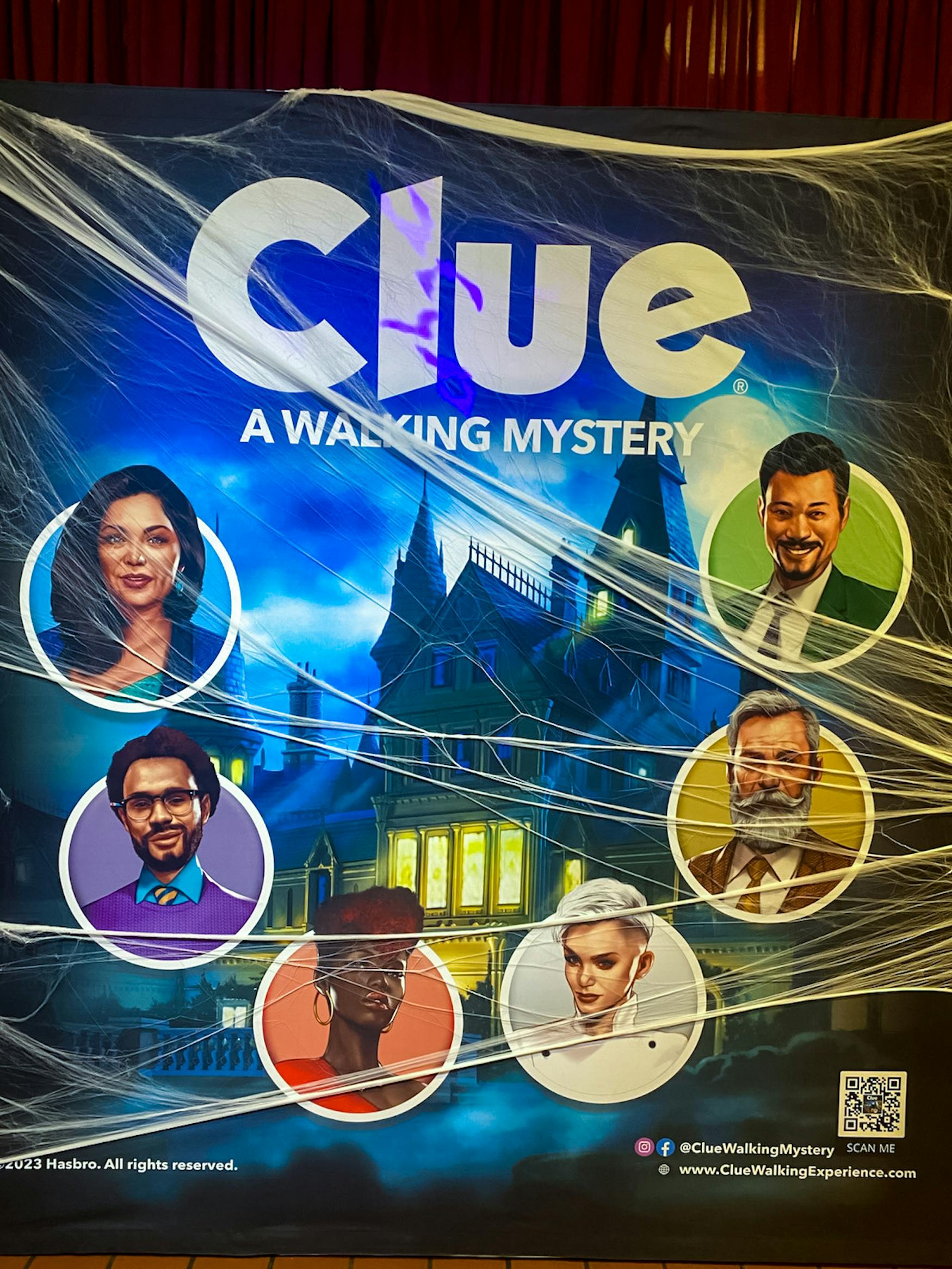Uncovering ‘CLUE: A Walking Mystery’
After opening its doors in Chicago, “CLUE: A Walking Mystery” has arrived in Boston, transforming the city’s historic streets into an immersive detective adventure. Inspired by the classic board game, the experience invites participants to solve a thrilling murder mystery, piecing together bits of evidence as they explore some of Boston’s most iconic landmarks. The story begins at Quincy Market, a site full of local history, and takes participants to places like the Freedom Trail and the Old South Meeting House — familiar backdrops that add authenticity and local flavor to the unfolding mystery.
The experience is designed to be universally adaptable, but Boston’s unique history makes it stand out. While the storyline does not lean heavily into folklore, the historical settings add a layer of depth and atmosphere that connects the experience to the city. Each puzzle and clue gains new meaning against the backdrop of Boston’s storied past, making the game feel tailor-made for the vibrant location.
Participants often come with pre-formed groups, ranging from families to teams of friends or coworkers. According to Arwyn Jackson, the company manager, the dynamics within these groups are a highlight of the experience. Those with strong teamwork find their bonds strengthened, while groups with existing tensions may see them come to light. The appeal of “CLUE: A Walking Mystery” spans generations; participants as young as six and as old as 80 have taken part, and success often comes down to creativity and curiosity rather than age. Jackson fondly recalls a six-year-old who cracked a particularly tough case while their family struggled — a testament to how the game invites all ages to engage in its challenges.
As “CLUE: A Walking Mystery” continues to evolve, its creative team makes updates to keep the experience fresh. Adjustments are made to the storyline, and seasonal elements — like Halloween decorations — are added to enhance the atmosphere. This dynamic approach, combined with the familiar yet fresh adaptation of the classic Clue game, ensures that the experience remains a favorite for both locals and tourists seeking a new way to explore Boston’s history and solve a captivating mystery.
From an entertainment standpoint, “CLUE: A Walking Mystery” has thrived in the realm of popular tourist attractions and sightseeing destinations. The experience gives participants a goal outside of merely observing landmarks, encouraging them to interact with their surroundings in a more meaningful way while trying to solve an entire mystery plot. The game structure encourages groups to explore different paths and make their own choices, which may affect how a group pieces together the puzzle and reaches a final verdict on who committed the murder. Each landmark becomes a piece of the overall puzzle, layered with hints that participants must decode to make sense of the storyline and progress forward.
Determining the difficulty level of each city is an innovative and collaborative process that aims to balance accessibility with a certain degree of challenge. The creative team behind the experience aims to create a layered experience that tests a wide range of problem-solving skills; each location has puzzles ranging in difficulty, which keeps the game inclusive for participants old and young. Upon opening a new location, the creative team will test-run the latest iteration of the mystery, which includes new puzzles, to ensure the experience is fair and interactive. Participant feedback is essential in this process, and as Jackson notes, the creative team behind the experience is always willing to listen to player feedback regarding the difficulty of puzzles and the amount of time it takes to complete them.
Jackson also emphasizes that the most rewarding part of watching participants engage with the puzzles is seeing the joy amongst groups who successfully decoded the mystery and walked away feeling happy. The experience is more likely to resonate with participants who truly engaged with every puzzle and communicated with their team effectively. The thrill of placing a final verdict on the mystery often brings about cheers, high fives and fist bumps among friends and family who completed the experience in the allotted two hours.
The interactive nature of the experience is also enhanced by the interplay between characters in the Clue board game and their real life adaptations. Upon investigating each location’s object of interest to search for hints, a statement from each character can be read in order to connect clues given at different locations and keep track of continuity. The inclusion of these statements gives players an idea of the personalities of each character, which adds an integrative layer of narrative to the evolving storyline of the experience. Scarlett, Professor Plum and Mrs. White all go beyond just a character description, guiding participants through the experience and making it more approachable.
Upon completion of the experience, participants are encouraged to keep the storyline a mystery and motivate others they know to go through the experience themselves without prior knowledge. By keeping the mystery untold, new participants can experience the same thrill as those who have already gone through the experience themselves. This sense of secrecy preserves the intrigue that continues to draw participants to “CLUE: A Walking Mystery,” old and new alike. “CLUE: A Walking Mystery” is entering its final week in Boston, with Nov. 3 being your last chance to experience the mystique within the city’s historic streets!



Please note All comments are eligible for publication in The Justice.